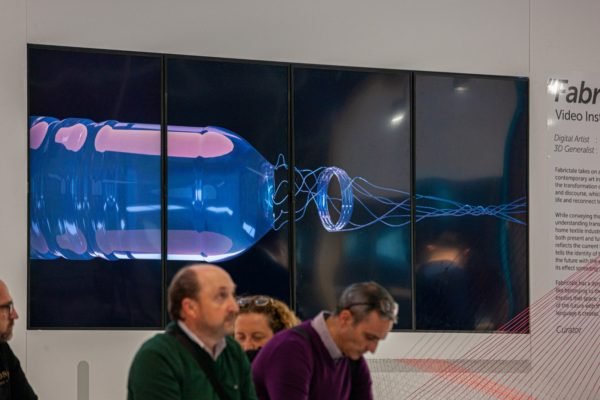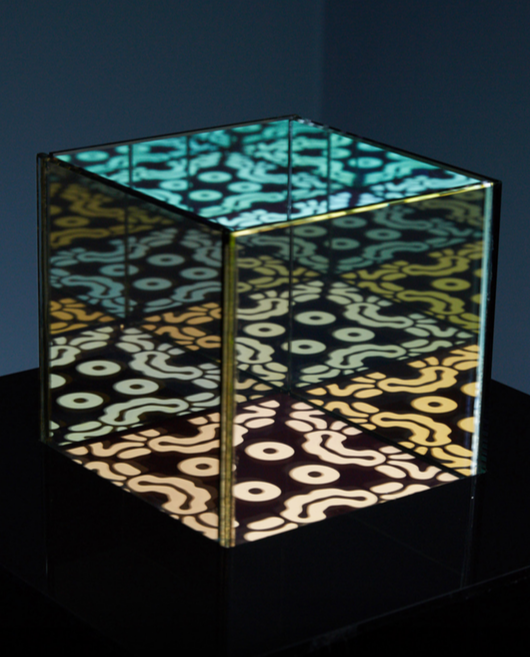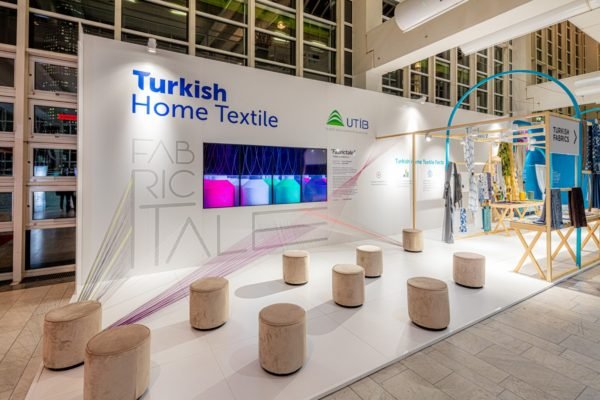The digital transformation that I mentioned in my previous answers, migrating the physical life into the digital atmosphere was already inevitable direction. This quarantine process we have experienced has necessarily accelerated the process, which caused us to experience the stages that we will experience after 5-10 years later.

Could you tell us a little about yourself? How did you come up with the idea of dealing with digital art using technology?
I can introduce myself as an academist, designer and artist. I continue my academic studies and teach at Üsküdar University Cartoon and Animation Department. A creative production effort always makes sense in my mind with its theory and the science behind it. For this reason, my continuing tendency to produce cannot be separated from the academy. My tendency to think creatively and turn this idea into production exists for as long as I have known myself, as a 55 child, for example, the toy I was busy with was the Lego sets that sowed design seeds at an early age. The fact that this is revealed digitally and with technology is not a matter of choice for me. Art and design have existed with technology in every period and have traveled at its extreme limits. If Da Vinci and Van Gogh lived in our age, they would produce their works with artificial intelligence and code, they used the most extreme possibilities offered by technology in their own time. In today’s art and design world, the algorithm is the new technical language, and the data is the new raw material.
 Whether he is a painter or a musician, every artist creates something that inspires or feeds. How does this happen in digital arts?
Whether he is a painter or a musician, every artist creates something that inspires or feeds. How does this happen in digital arts?
A person cannot create from nothing without any reference. This reference and inspiration has been the nature surrounding us since prehistoric times when art and design were born. Today, of course, this is not changed. The nature that surrounds us is still our primary source of inspiration. But now a digital meta- nature, which is our construction, overlaps our physical nature and a new and hybrid layer covers our perception environment. Therefore, a new “aesthetic” perception occurs with the digital age after millennia. In summary, the source of inspiration that we inspire to uncover something new is what drives our perception environment, and we now look at screens, in other words, human construction digital meta- nature, rather than physical nature.
You had a work called Fabrictale, which you prepared for UTIM, for the Heimtextil fair, and it received great attention from the visitors. Could you tell us about this work?
As I mentioned in my previous answer, a digital meta-nature that is our construction covers our physical nature. It migrates human life to the digital atmosphere step by step and gets a new identity in it. At the dawn of the rebirth of humanity in the digital atmosphere, physical beings such as fabric and textiles are being reshaped in this new atmosphere with a hyper- realistic style.
This study searches the digital future role of fabric and textiles and explores the limits of hybrid possibilities offered by hyper-realism positioned between the physical and digital worlds. It designs the intersection set of the textile, which has bundle people up to now, with the digital technologies that have started to bundle our perception environment up today.

You have a phrase with the curator Mrs Esra as “While Turkish home textile conveys the journey of sustainable understanding in its industry into a product, it also refers to the technology of both the present and the future.” On the one hand, if we consider that digitalization is increasing fast and entering all areas of life, on the other hand, while its sustainability is an undeniable fact that we should prioritize the natural one, what kind of future awaits us?
The digital age, in other words, the Industry 4.0 age gave a new perception to humanity. In collaboration with nature, which is our home in this new perception, we realize and understand that we must live without consuming its non-renewable resources, without stealing from the future generations for our current needs, and live with sustainable strategies. Moreover, these digital technologies enable us to implement these sustainable strategies, which are inevitable for thefutureofhumanity.Atthispoint,theartistandthe designeralsohaveanimportantresponsibilitytoraise awareness of public. As for the future that awaits us, I do not believe in either utopias or dystopias. It is a regular protopia that exists and lives, there are ups and downs from time to time, but the future is always a little brighter and a little better than the past. We can only notice this positive difference when we look at time on a large scale. Since it is a constant and slow change, it is invisible within short time periods. In addition, the leap of perception caused by Industry 4.0 excites me. At this point, I am hopeful for the future.
How will we see the effects of Covid-19, which affects the whole world, in art, in “new normals”, briefly, in our lives? Do you feel lucky while everything is turning into digital? Could you evaluate the effects of the epidemic with your artist identity?
The isolated and distant process that we live with Covid-19 pandemic and we will continue to live for a while, has made digital technologies more 57 essential, which are the main platform of our communication and brings us together mentally, if not physically. The digital transformation that I mentioned in my previous answers, migrating the physical life into the digital atmosphere was already inevitable direction. This quarantine process we have experienced has necessarily accelerated the process, which caused us to experience the stages that we will experience after 5-10 years later. I did not feel lucky in the face of this situation, but I think my effort for production will find its place in the daily life of society and will be understood more.
